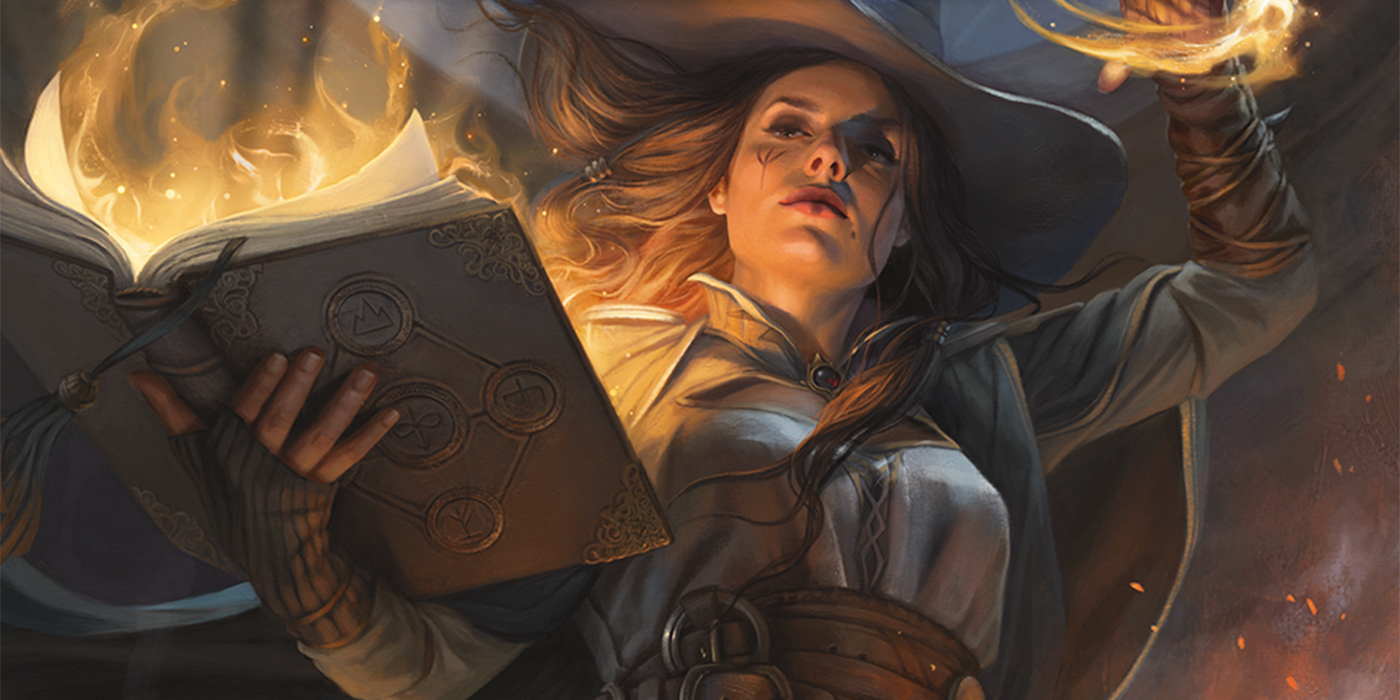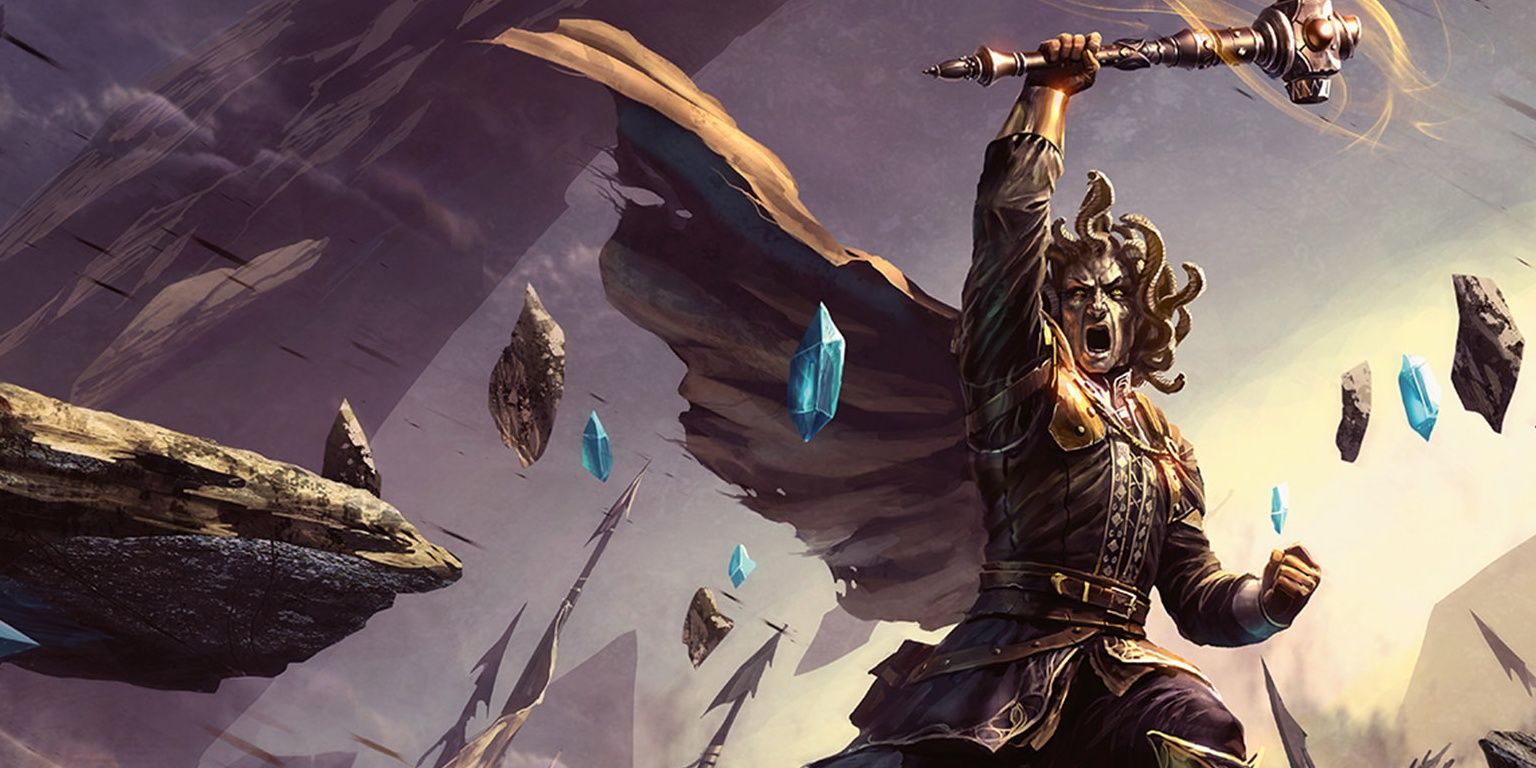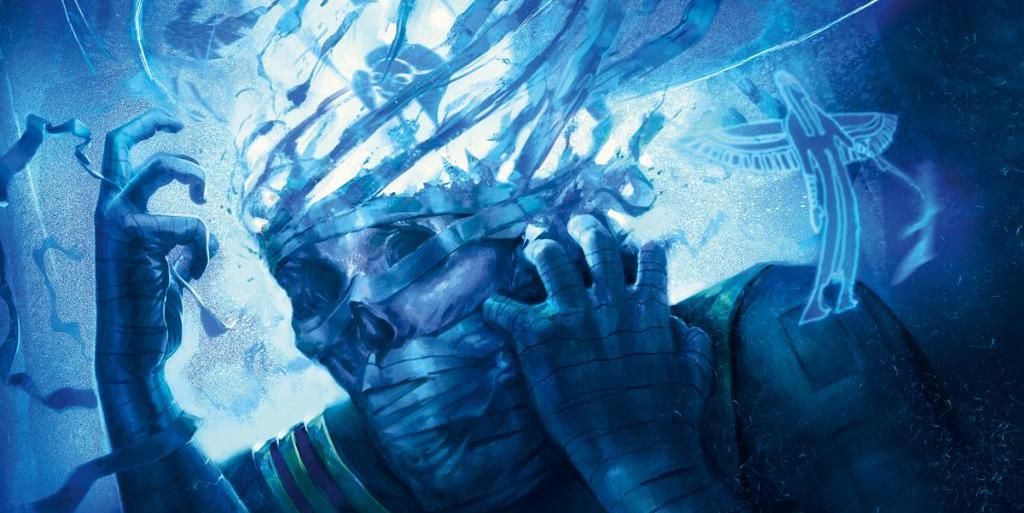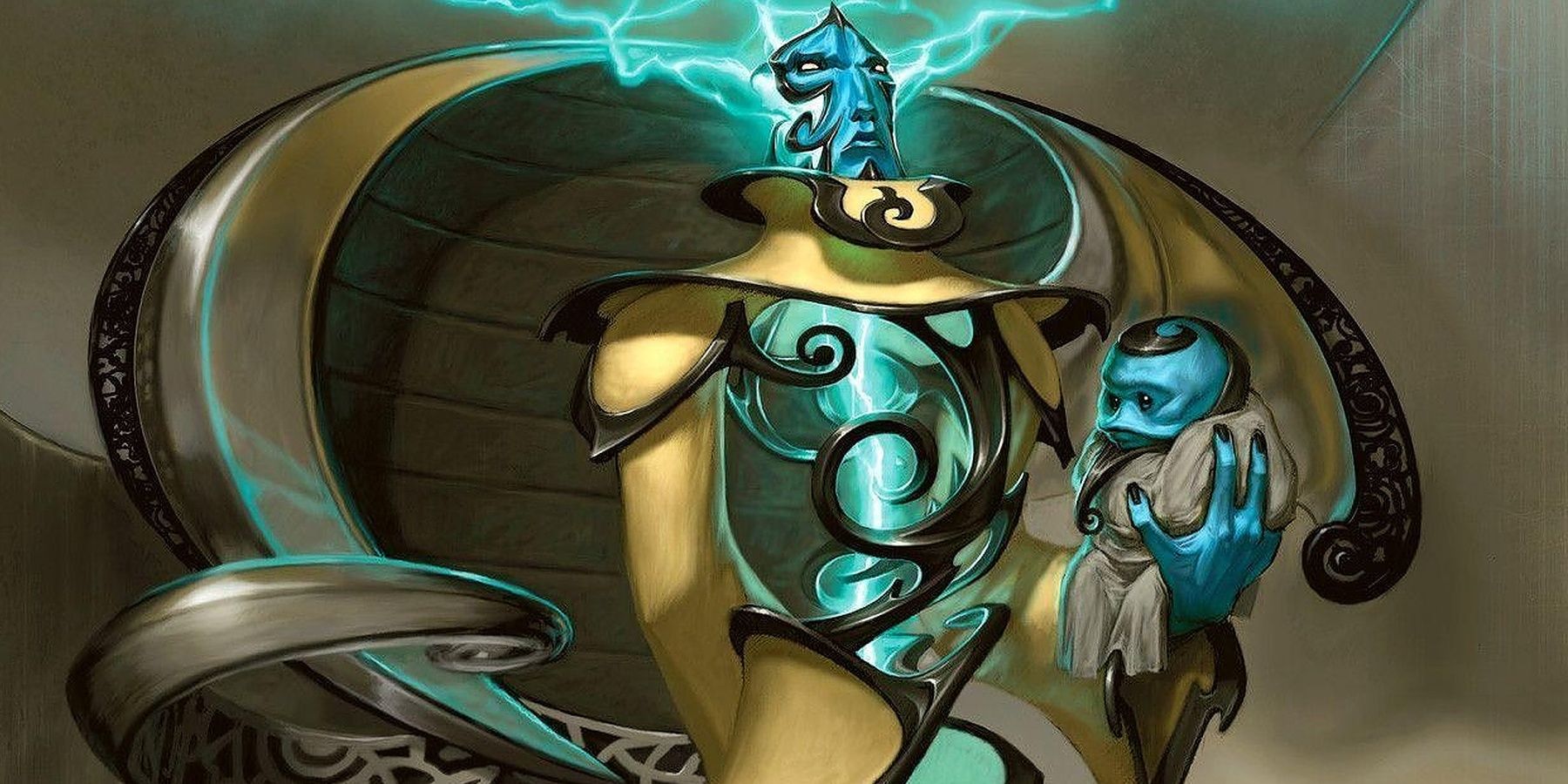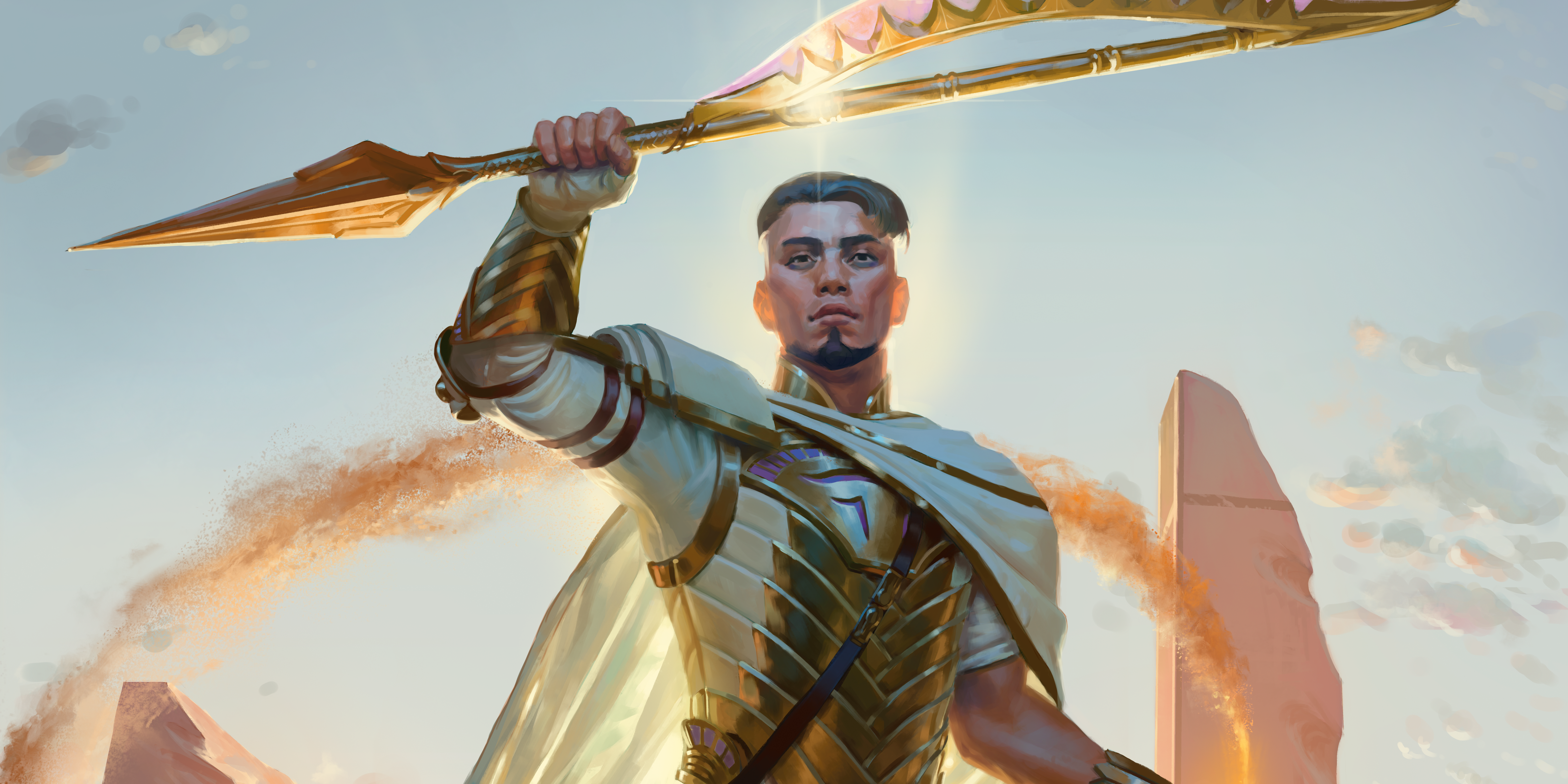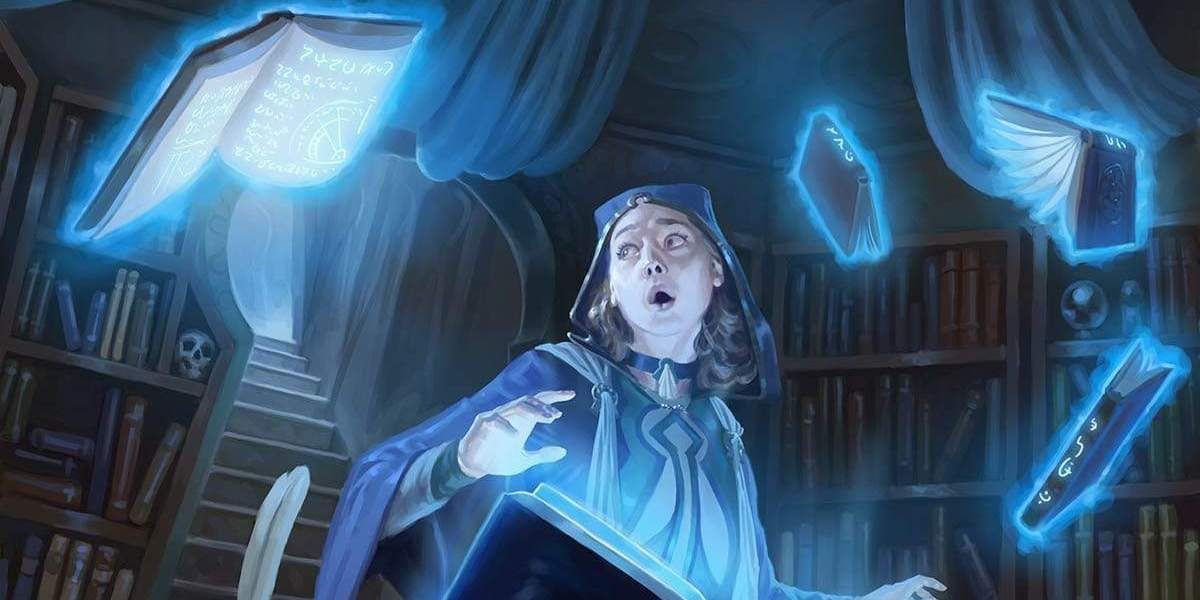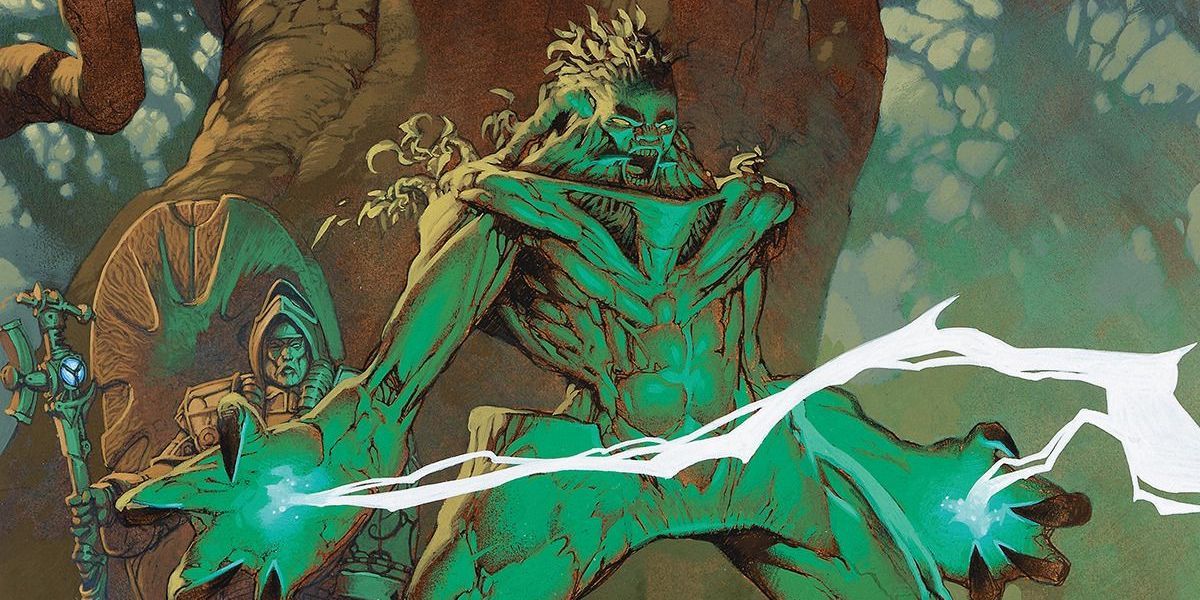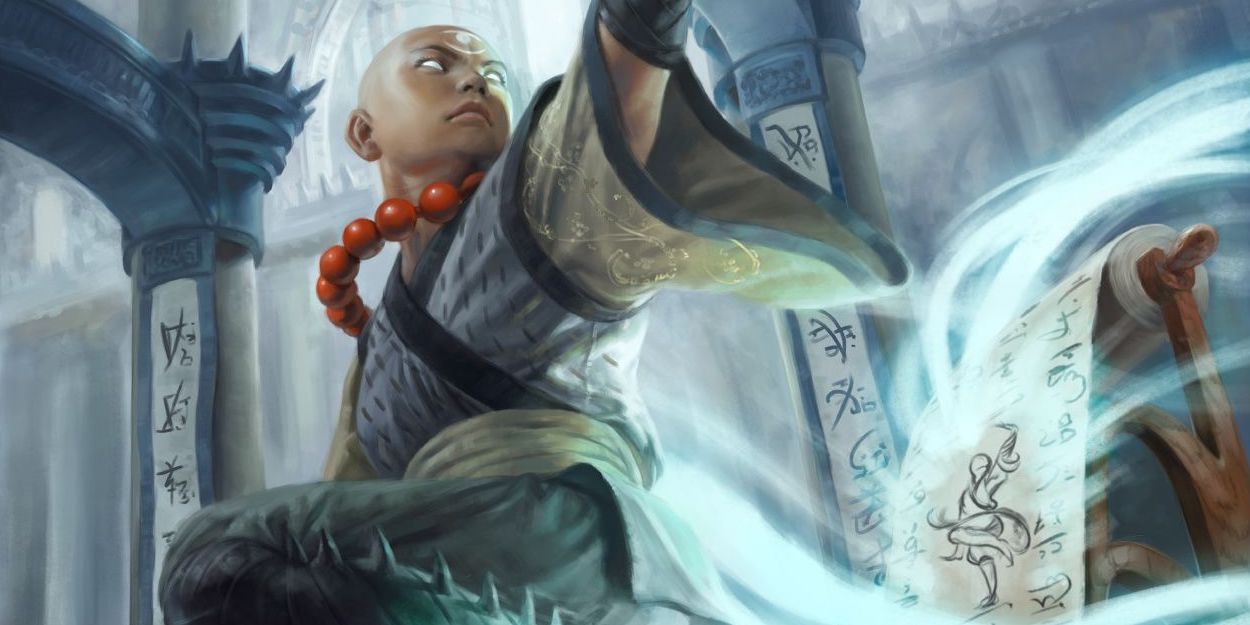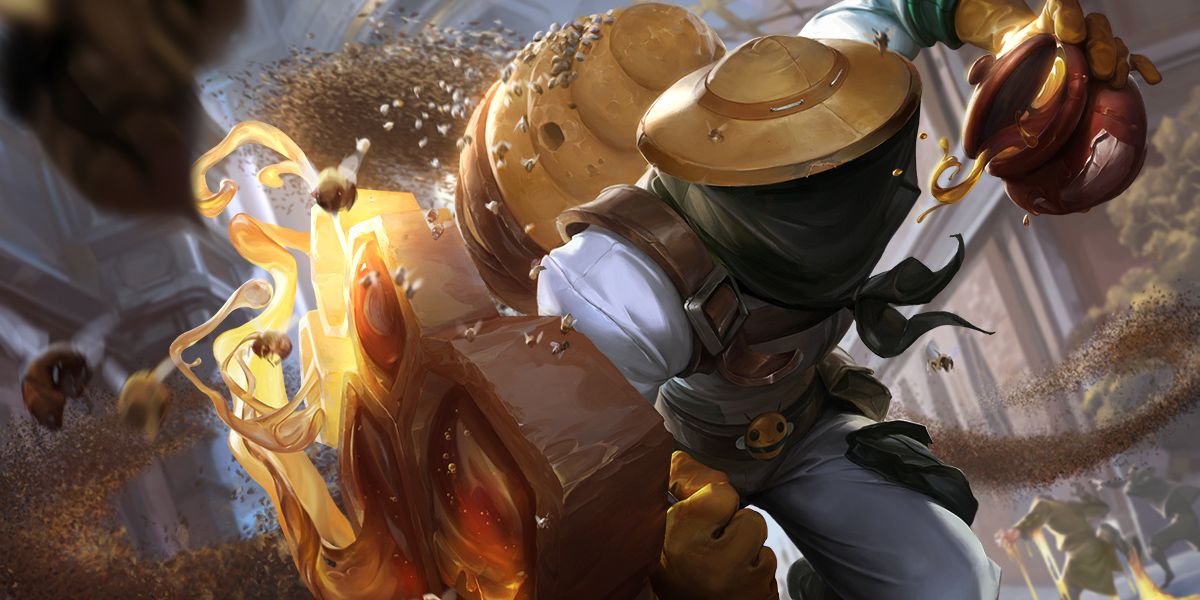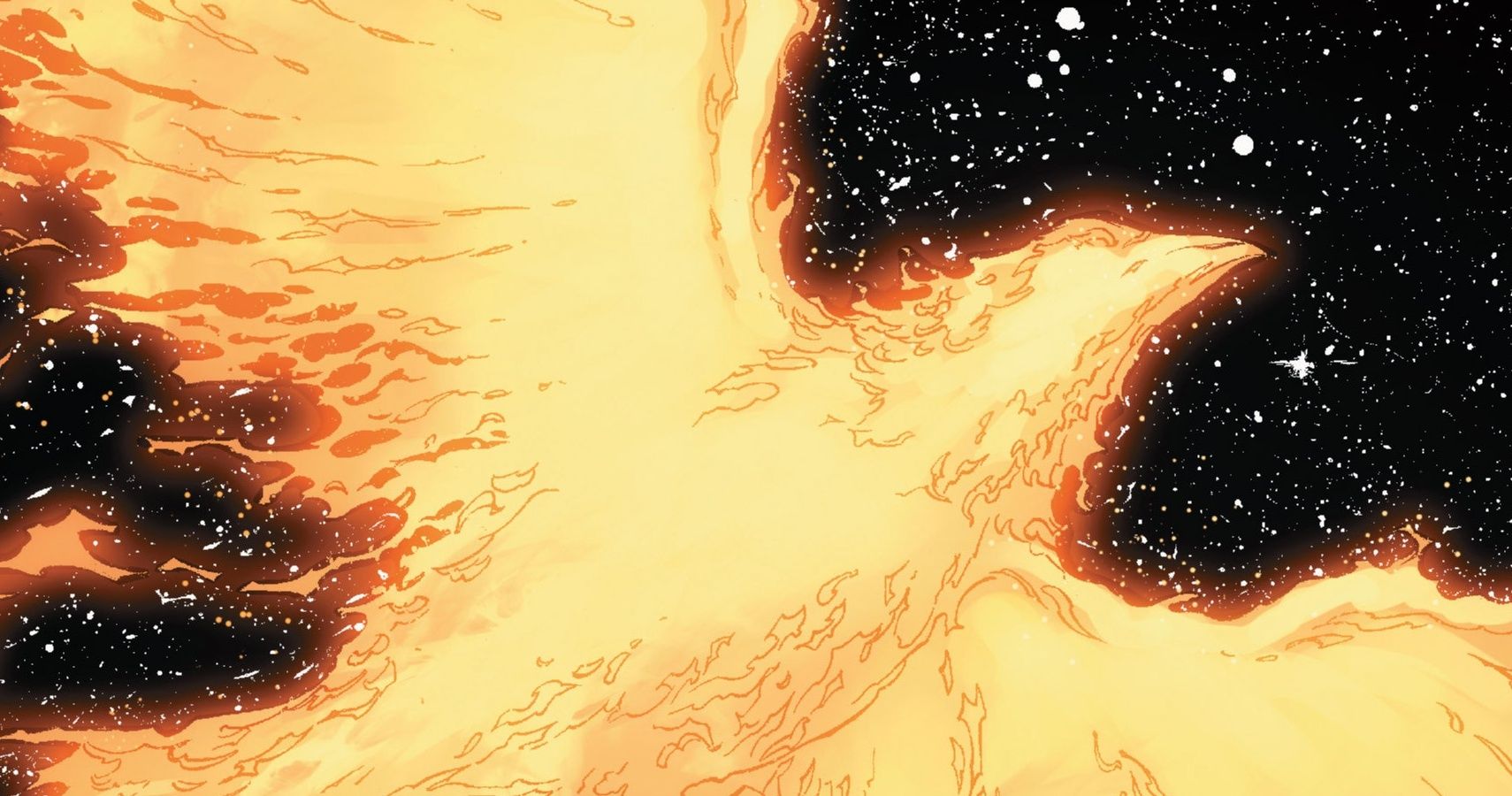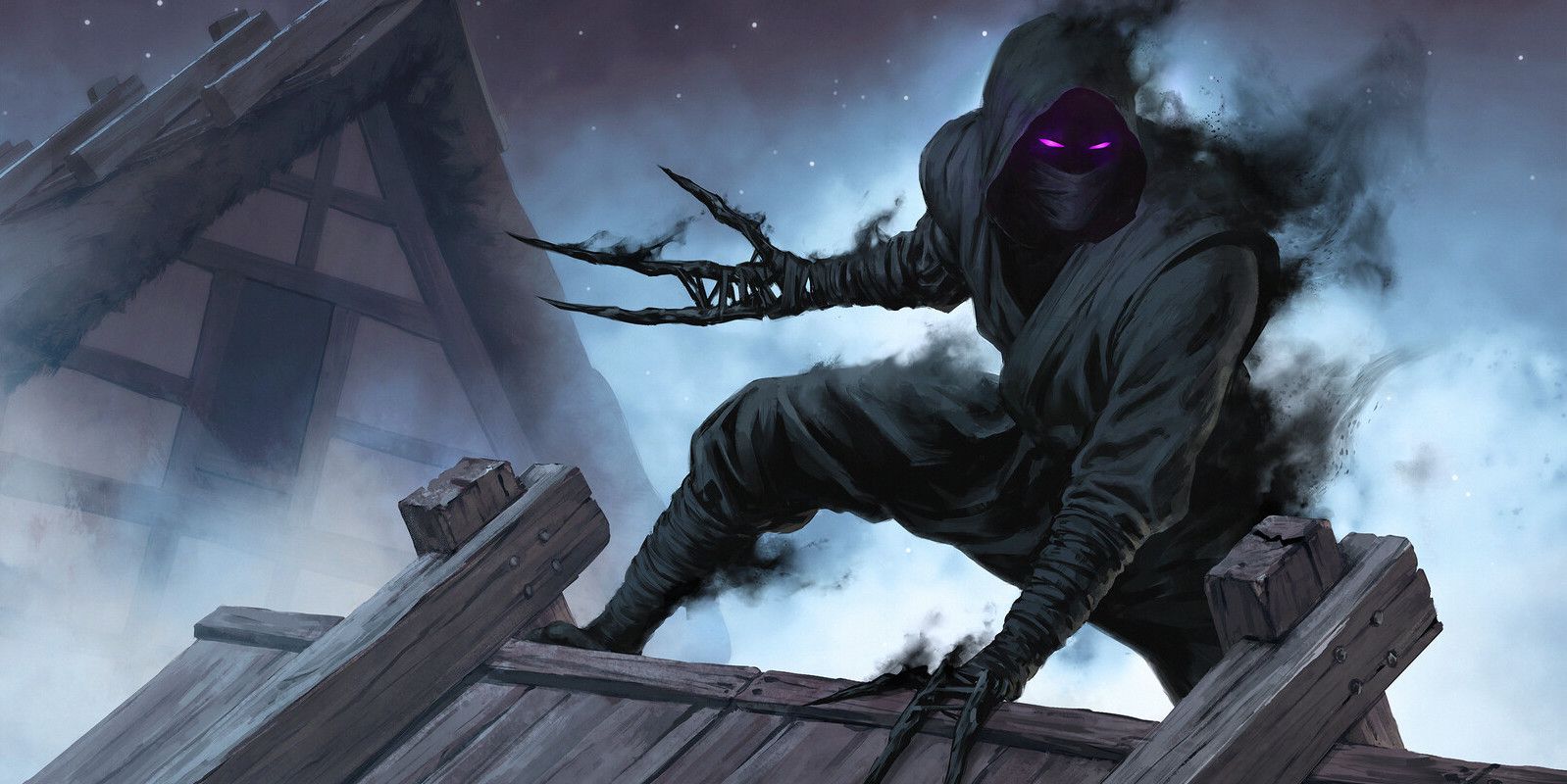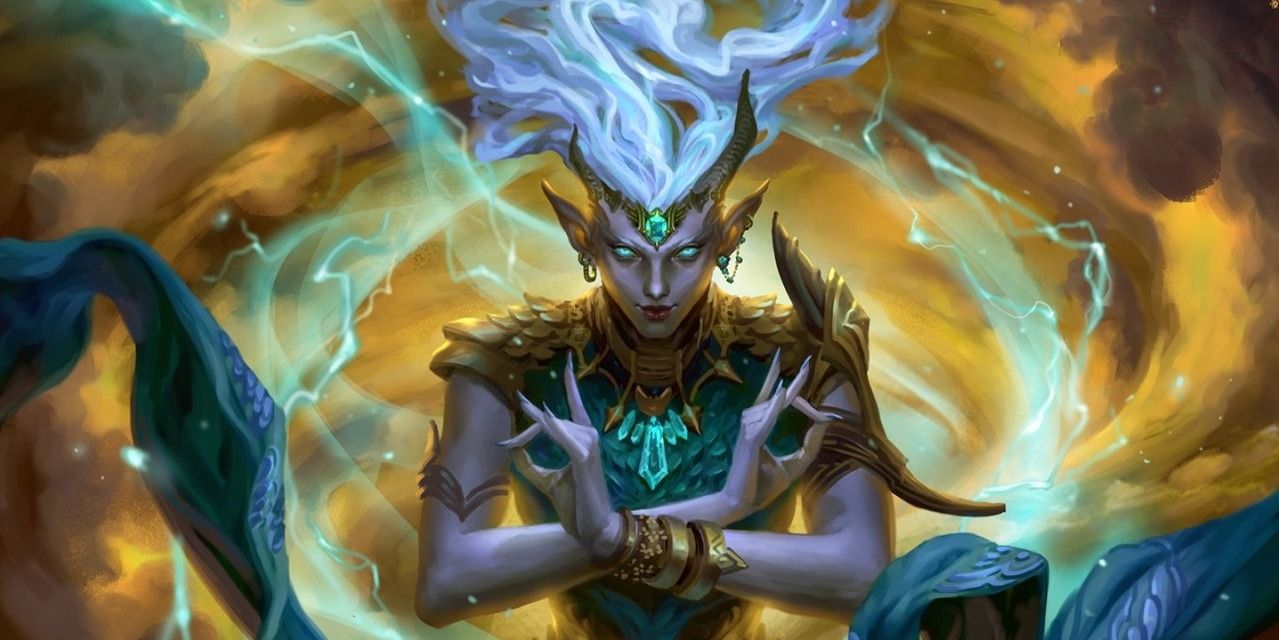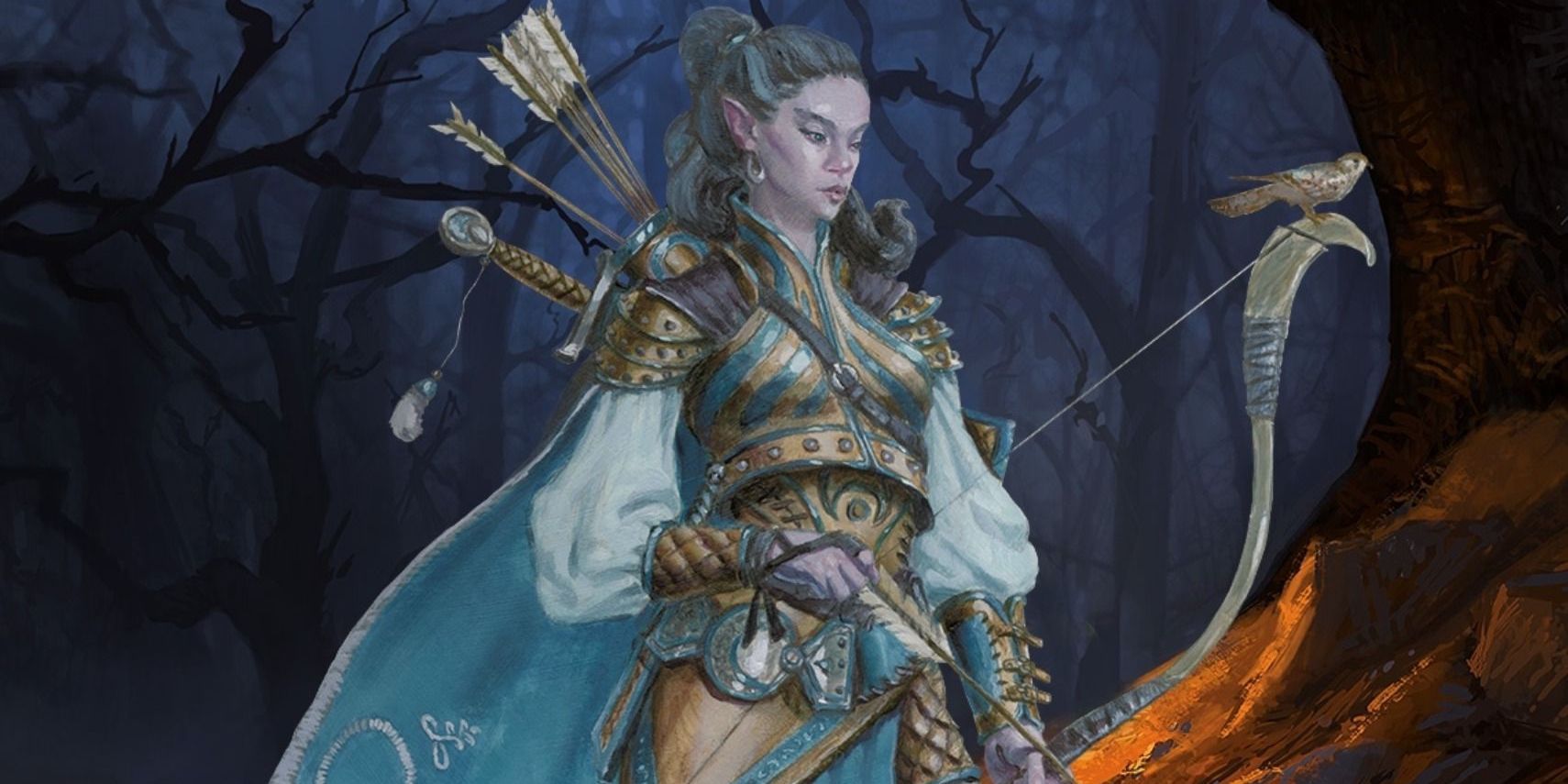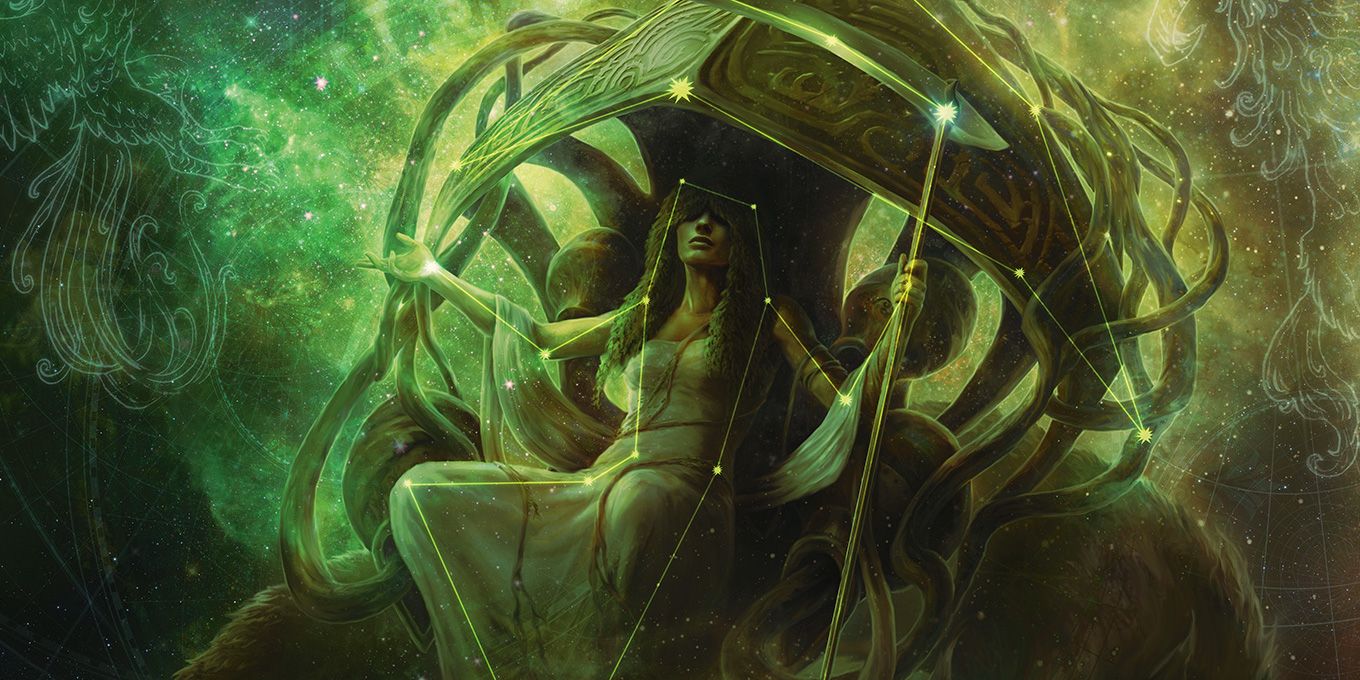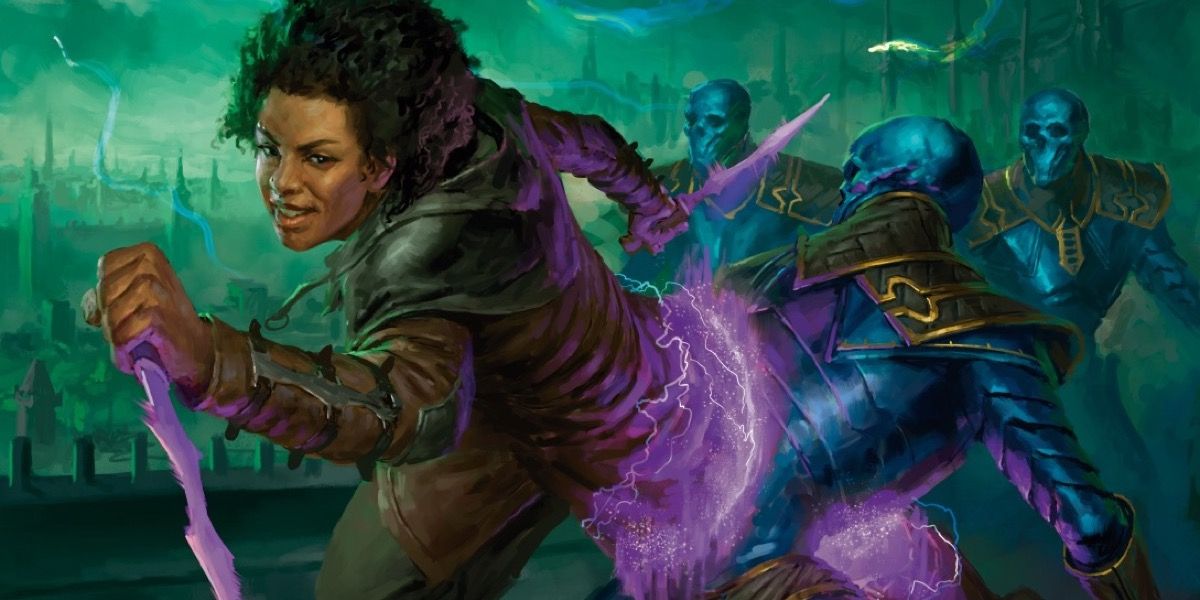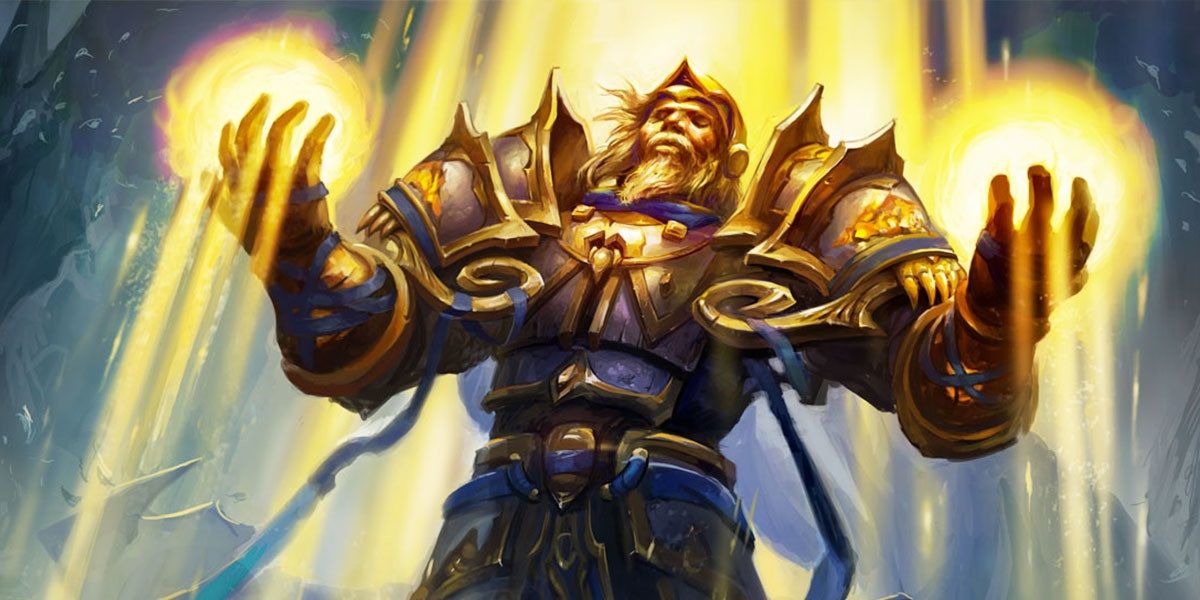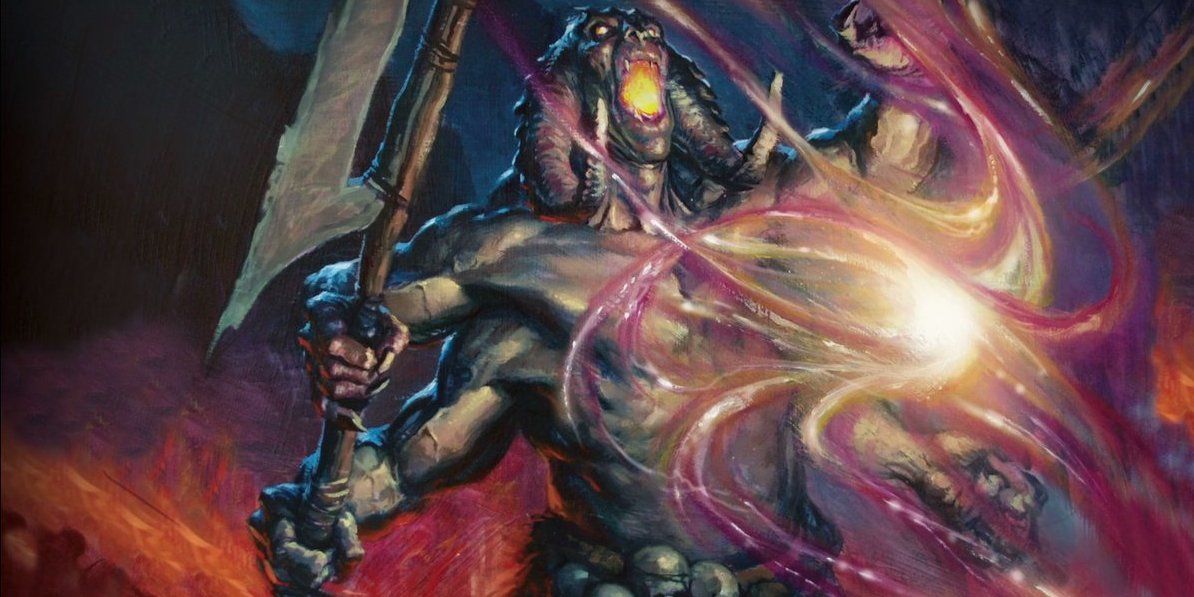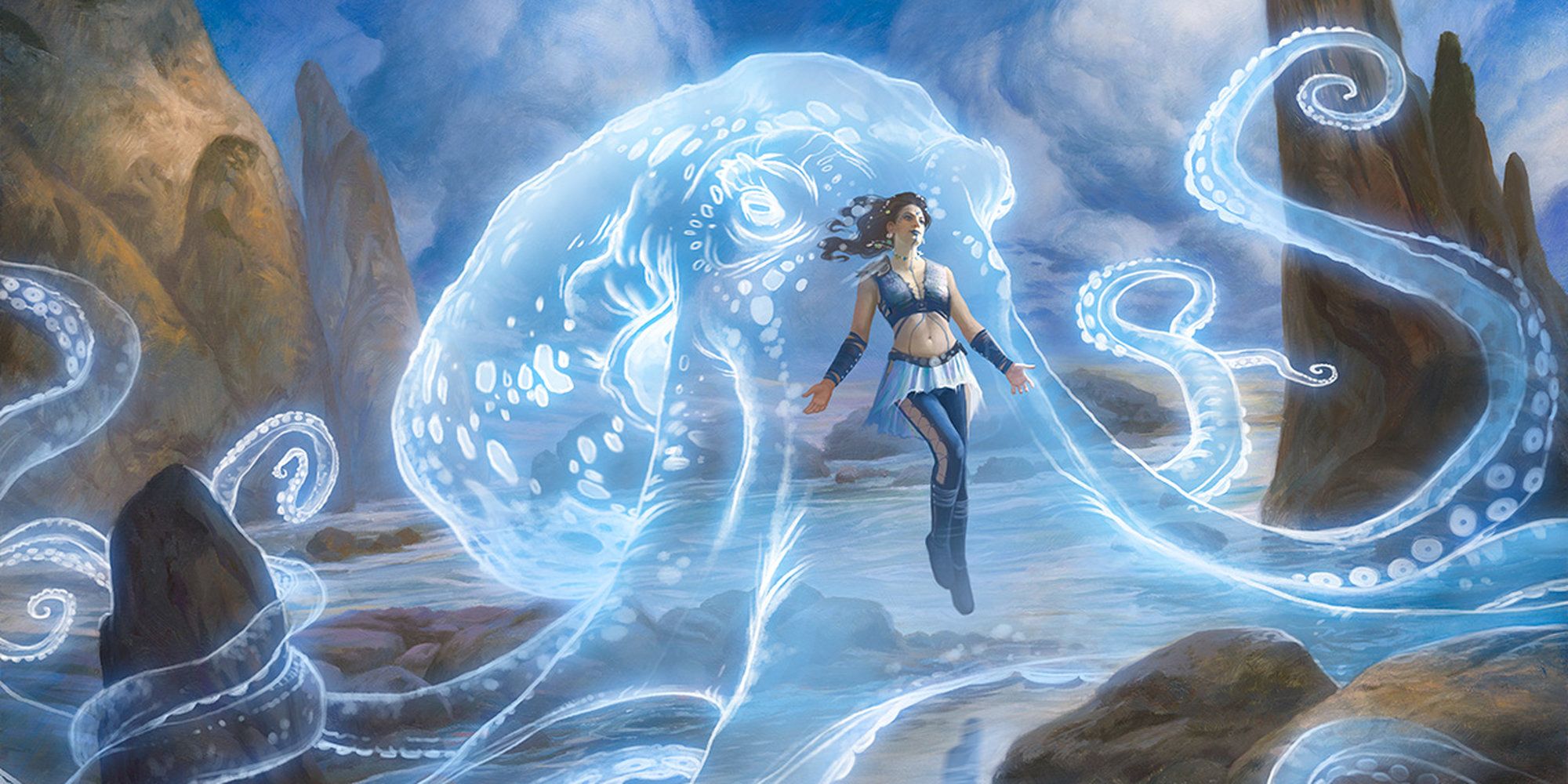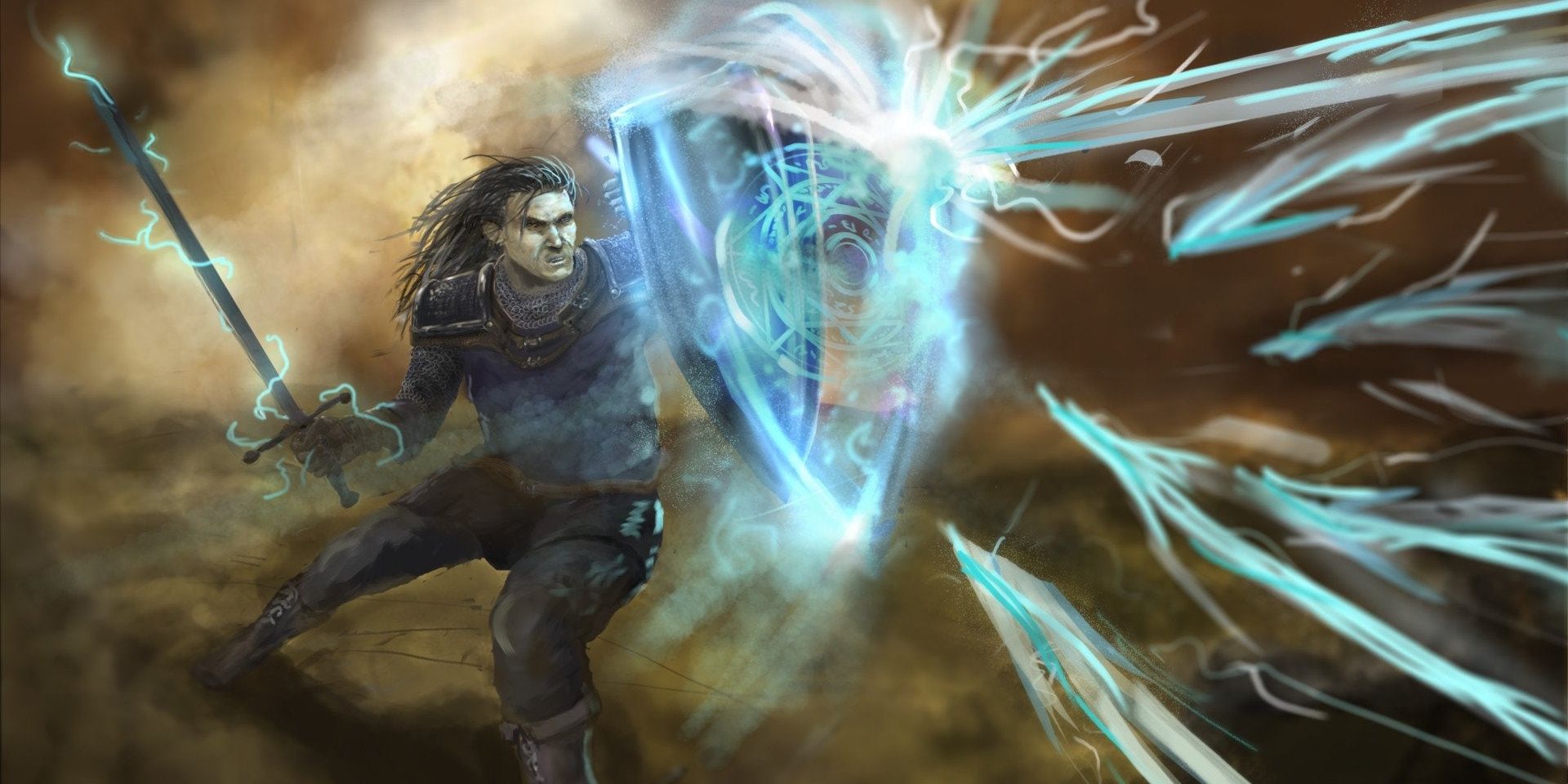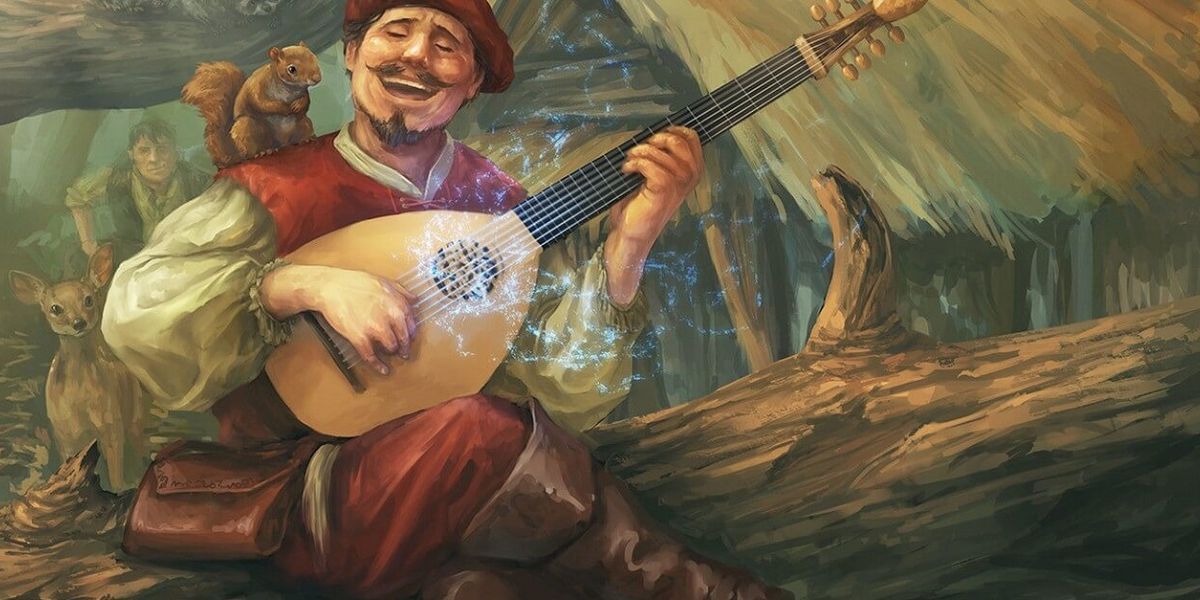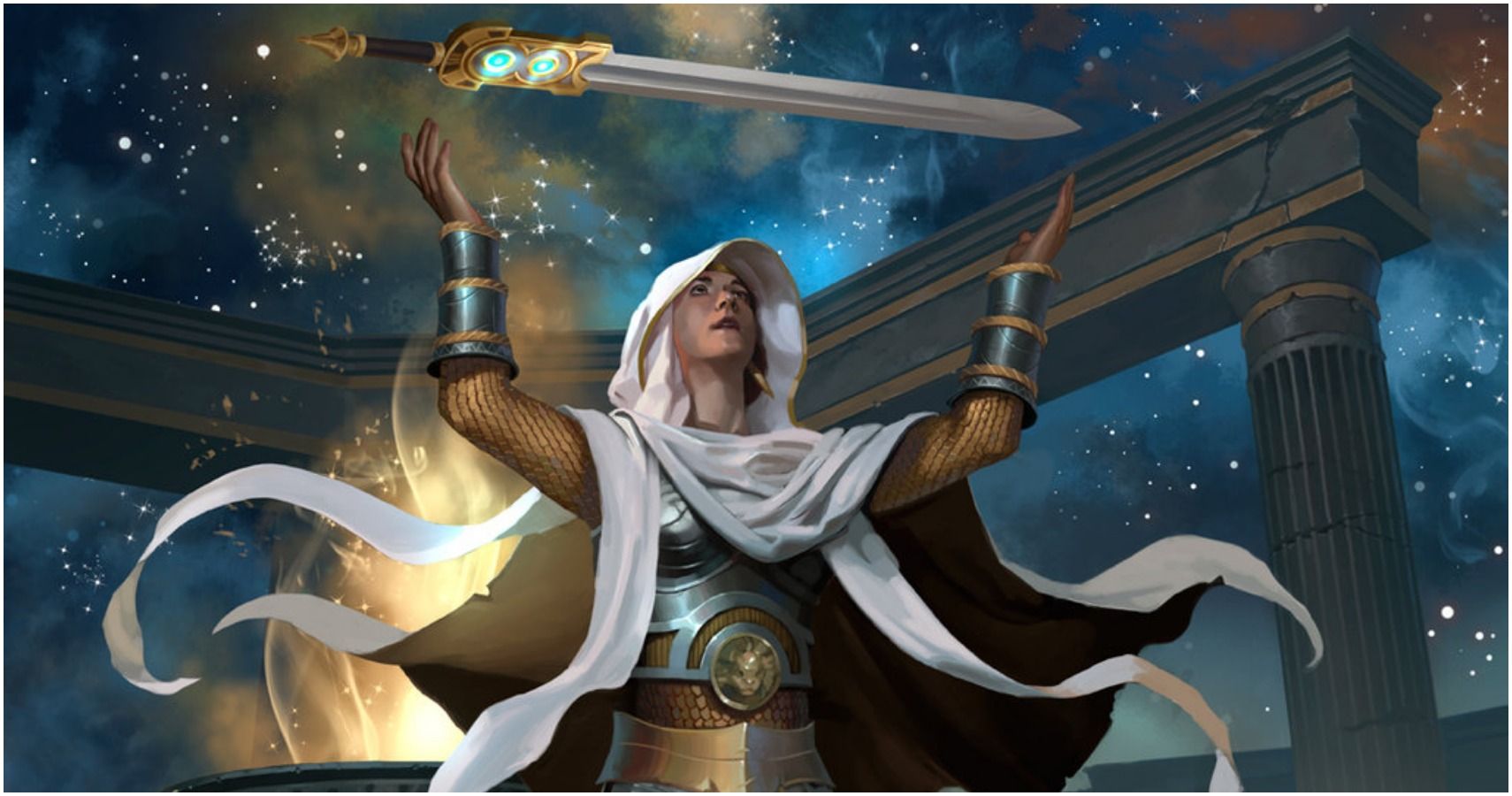Tasha's Cauldron of Everything is a massive expansion for Dungeons & Dragons Fifth Edition, especially in regards to character creation. On top of including alternate racial options and ways to customize a player character's origins, the sourcebook adds over 20 new subclasses. These expand possibilities, allowing players to create even more unique characters.
All of these new options are based off previous Unearthed Arcana, some of which went through radical balance changes before being official parts of the game. Here's a look at how all of Tasha's subclasses measure up against one another.
22. Psi Warrior
The Psi Warrior Fighter received the most radical alterations from Unearthed Arcana to finished product. It previously revolved around a Psionic Talent die, which would upgrade or downgrade, changing in size from a d4 all the way up to a d12. This was a refreshing take on psionics and an interesting way to represent psychic power. Tasha's version does away with that mechanic, instead having a static die which the class expends. This is hardly unusual (it's how Bardic Inspiration works), but while the Psi Warrior's abilities are serviceable, they're also unexciting. The class feels safe, and definitely not an exciting representation of how psionics might work moving forward.
21. Aberrant Mind
Sorcerers don't get many abilities in 5e, so the features they do get need to be powerful, dynamic and worth players' time. Aberrant Mind doesn't quite meet that threshold. It provides players with telepathy and a restricted form of Subtle Spell -- a Metamagic option already available to the class. After those features, players have to wait until level 14 to receive a few helpful options from the Revelation in Flesh ability, which is too little too late. Any class that isn't worth taking before level 14 is in need of dire reexamination.
20. Clockwork Soul
Clockwork Soul is definitely a better Sorcerous Origin than Aberrant Mind, but suffers from the same issue. The ability to cancel out advantage or disadvantage and convert sorcery points into damage reduction is solid, but a class need more than that. Neither of those abilities are easy to use, as one is limited to two or three uses and the other requires sorcery points. This means a Clockwork Soul's abilities are constantly competing with the most dynamic part of the sorcerer class -- Metamagic. Metamagic is why sorcerers get so few abilities, so the few they do get from their subclass need to work in harmony with their Metamagic, not against it.
19. Oath of Watchers
The Paladin Oath of Watchers' Channel Divinity option provides a solid defense against Intelligence, Wisdom or Charisma-based enemies, while the Aura of the Sentinel gives your party the extra edge in Initiative rolls. Of course, there's a fatal exception to the rest of the features available -- they only work when fighting aberrations, celestials, elementals, fey, fiends and undead. That's a decent number of creature types, but it means that you're out of luck when fighting mundane enemies. This is a class you'll want to discuss with your Dungeon Master ahead of time to see if it's worth it. If your party is going to be fighting extraplanar enemies, this Oath may be a good fit for your game.
18. Order of Scribes
The Wizard's Order of Scribes is deeply unexciting. It provides plenty of flexibility when it comes to damage types, plus the ability to remotely cast spells through the Manifest Mind feature, which creates a sensor in the form of a sentient book. It also provides a powerful option for scouting, as its spectral tome can move up to 300 feet away from you. It's similar to the aid a familiar can provide, but far less susceptible to damage from nosy guards. The class' capstone can also absorb damage, providing some bulk for the fragile Wizard class.
17. Path of the Beast
The first Barbarian option in Tasha's is the Path of the Beast, and it's a solid option for Barbarians looking to channel a more feral energy. Its primary ability is a natural weapon for its user, each of which has its own uses. Claws provide an extra attack, while the Tail is essentially a nonmagical version of the Shield spell. The downside is that these options might not scale well at higher levels. Players often receive magical items with bonuses to hit or damage later in the game, and there are precious few options available to enhance natural weapons. This is a pain most keenly felt by Monks, but the Path of the Beast brings it to Barbarian as well.
16. Way of Mercy
Monks gain access to the Way of Mercy, which provides both a way to heal and to inflict harm using ki. These become especially potent at later levels, when the Hand of Harm ability can be used to inflict the poisoned condition on a creature. The downside of those features is that they burn through ki points incredibly quickly. Monks only have ki equal to their level, meaning it's a resource they have to carefully manage. The Way of Mercy provides several powerful abilities that could be great in the first few fights only to leave them stranded before they're able to take a long rest.
15. Swarmkeeper
Swarmkeeper is a way for Rangers to harness the power large swarms of bees. That's an interesting idea for a subclass, but its abilities are less inspired. The class provides bonus damage and a flight speed, which are fine. It's only truly inventive ability is its capstone, allows you to vanish into your swarm and take less damage from an attack. That's the unfortunate challenge of making a great subclass; a flavorful idea also needs an interesting mechanical execution, otherwise it's simply not interesting to play. There are subclasses in Tasha's that nail this, but Swarmkeeper isn't one of them.
14. Circle of Wildfire
The Wildfire Circle is a solid subclass that turns the Druid into a different kind of spellcaster. Instead of focusing on Wild Shape, the class instead becomes a bizarre kind of sorcerer that focuses on dealing fire damage. It also comes with the benefit of your Wildfire Spirit, a companion that you can use your bonus action to command. The spirit's stats aren't incredible, but its Fiery Teleportation means it can be used for quick getaways from all sorts of sticky situations. It also acts as a reservoir of health at fourteenth level, as Blazing Revival allows you to sacrifice it in exchange for half of your hit point total.
13. Fathomless
The Fathomless is bizarre -- but in a good way. After all, who wouldn't want an eldritch monstrosity of the deep as their Warlock Patron? It provides pretty interesting benefits in the form of a tentacle that you can summon to attack others and block incoming attacks. The class provides even more tentacle and water-themed powers later on, including the spell Evard's Black Tentacles. This can be used to pin enemies down so they can't escape from your summoned tentacle. And the cherry on top? You don't have to make concentration checks to maintain it.
12. Phantom
Rogues are great at dealing out death, but the Phantom takes that to a new level, putting you in contact with the spirits of the departed. To start with, you gain the ability to trade an extra tool or skill proficiency between rests -- which is perfect for a skill-focused class like Rogue. There's also the Wails of the Grave feature, which lets you deal half your Sneak Attack Die to a secondary target when you use Sneak Attack. This is best suited for a pure Rogue, since it means you'll get the most number of dice possible. The Phantom is definitely useful, but a character grabbing just a few Rogue levels might want to take another subclass.
11. Genie
The Genie marks the point where Tasha's subclasses go from simply interesting to outright powerful. After all, this Patron provides an incredibly powerful benefit at higher levels -- the ability to cast any spell of level six or lower. That opens the doors for a vast number of interesting Warlock builds based around almost any spell that catches your fancy. Of course, that higher level feature wouldn't be worth it if the rest of Genie wasn't good enough to back it up. The class provides temporary Flight at sixth-level, as well as a variety of interesting spells and a lamp that reduces short rests from an hour to ten minutes. This can be a lifesaver for a party without time to spare on healing themselves up.
10. Fey Wanderer
Rangers tend to be underpowered, so it's nice to see them provided with a powerful subclass option in the form of the Fey Wanderer. Otherworldly Glamour allows them to add their Wisdom modifier to Charisma checks, which means a level three Fey Wanderer with good stats could be making Persuasion, Diplomacy or Intimidation checks with as much as +12 to their roll. The rest of the abilities are also pretty interesting, including free access to the Summon Fey spell and the Beguiling Twist feature. This ability gives advantage on checks against being charmed or frightened, as well as the ability to potentially reverse those effects on a success.
9. Armorer
The Armorer is the first new specialization for the Artificer class since it released, and it fulfills a particularly modern fantasy for high-tech craftsmen: becoming Iron Man. Armorers gain proficiency in heavy armor and the ability to transform it into arcane armor, removing its strength requirement. Additionally, Artificers gain access to either a ranged or melee weapon that's incorporated into their armor, for which they can use Intelligence in place of Strength or Dexterity for attack and damage rolls. These two low-level abilities mean Armorers can dump Strength and Dexterity, instead choosing to focus on their "softer" stats. The rest of the specialization further improves Arcane Armor, allowing two extra infusions as well as an Extra Attack.
8. Circle of Stars
The Circle of Stars, like the rest of the Druid options in Tasha's, focuses on an alternate way to spend uses of Wild Shape. In this case, it's the Starry Form, which allows Druids to channel the constellations of the Archer, Chalice or Dragon. The Archer constellation provides a ranged attack the Druid can make as a bonus action, meaning they can also cast a spell on the same turn. The Chalice improves healing spells, and the Dragon lets you "take 10" on Intelligence, Wisdom or Charisma rolls. All of these modes upgrade at higher levels, and you even gain the ability to switch between them at will.
7. Soulknife
The Soulknife Rogue is the companion to the Psi Warrior, having also originally featured a Psionic Talent die which could grow larger or smaller as you played. But unlike the Psi Warrior, whose abilities become boring using static dice, the Soulknife is innovative enough to be interesting. Their primary feature gives them the ability to conjure and throw small knives that deal psychic damage, which are far less likely to be resisted than the Rogue's typical piercing or slashing damage. The rest of the class' features provide useful utility options, including teleportation and invisibility.
6. Peace Domain
The Cleric's Peace Domain's primary class feature is the Emboldening Bond, an ability reminiscent of the Bless spell that allows creatures to add a d4 to their attack rolls, ability checks or saving throws. It's sadly limited to one use per turn though, which means allies wanting to make multiple attacks will only receive the benefit once. Later features allow the Bond to reduce and redirect damage.
While Emboldening Bond is quite powerful, it's distinctly lacking in flavor for the Peace Domain. After all, imbuing your allies with the power to more accurately strike your foes isn't exactly representative of "peace." A more interesting execution might have instead been a domain that allowed the class better social skills with which to avoid combat.
5. Path of Wild Magic
Barbarians aren't generally thought of as a magical class; They can't cast spells, and their class features more often channel spiritual energy. The Wild Magic Barbarian breaks this mold, providing explicitly magical abilities to Barbarians when they start their rage. These are activated at random, with Wild Magic Barbarians rolling a d8 at the start of each rage to choose an effect.
Randomness can be a downside in games, but there are no bad options on this Wild Magic table (in contrast to the one used for Sorcerers). Some are better than others, but each provides a useful benefit for the class. Most can even be triggered as a bonus action on following turns, providing a recurring benefit.
4. Way of the Astral Self
The Astral Self is perhaps one of the most unique subclasses provided in Tasha's. It allows Monks to spend their ki summoning a pair of ethereal arms, granting them 10 foot reach. They can also use Wisdom instead of Dexterity or Strength to attack (although most monks will want a high Dexterity score anyways). At sixth level, Astral Self monks can also summon a mask that grants a powerful form of darkvision -- one that can see through magical darkness.
Where these abilities then come together is the Body of the Astral Self. Having both the Mask and Arms of the Astral summoned provides benefits, including additional damage and deflection of elemental attacks. The subclass' strength comes not from raw benefits provided, but from its evocative nature -- where else can you summon a spiritual avatar for your tiny kenku or halfling?
3. Rune Knight
A Rune Knight Fighter channels the power of D&D's giants in two very different ways. First, they gain the ability to carve runes into their gear. Similar to an artificer's infusions, each rune provides some benefit to those wearing the items they are carved into. A Rune Knight only starts with two runes, but each is quite powerful and only growing as the class progresses in level. Their second ability lets them grow in size, initially to Large and later to Huge. This comes with extra damage on a weapon attack each turn, as well as the fairly simple benefit of increasing the amount of weight you can push, carry or lift.
2. College of Creation
The Bardic College of Creation was fairly unimpressive when it was first released in Unearthed Arcana. It provided some interesting benefits to Bardic Inspiration and the ability to animate an object to fight alongside you. Tasha's version introduces one other feature that takes it from just okay to absurdly versatile -- Performance of Creation.
Performance of Creation lets a Bard conjure literally any nonmagical item of Medium size or smaller. The item can only be worth 20 gold pieces for each level you have in the class and vanishes in a few hours. Of course, there's a pretty simple way any Bard worth their salt can turn that item into permanent gold -- selling it to a shop and leaving before it vanishes. After all, there's no reason the person being conned would know it'll vanish.
1. Twilight Domain
Each and every one of the Twilight Domain Cleric's abilities is amazing. They gain proficiency with martial weapons and heavy armor. They gain darkvision out to a range of 300 feet, which they can share with their party. They gain advantage on initiative rolls. Then, there's the Twilight Sanctuary, which lets them grant temporary hit points to their party each and every turn. All of that was at level two.
Higher levels provide even more abilities for the Twilight Domain, including flight and half cover for allies. It's as if someone went through a dozen classes, picked the best ability from each and put them into one absurd package. If you want to build a Cleric who's going to have an easy time in combat, the Twilight Domain is far and away your best option.
Dungeons & Dragons: Tasha's Cauldron of Everything is available now.

